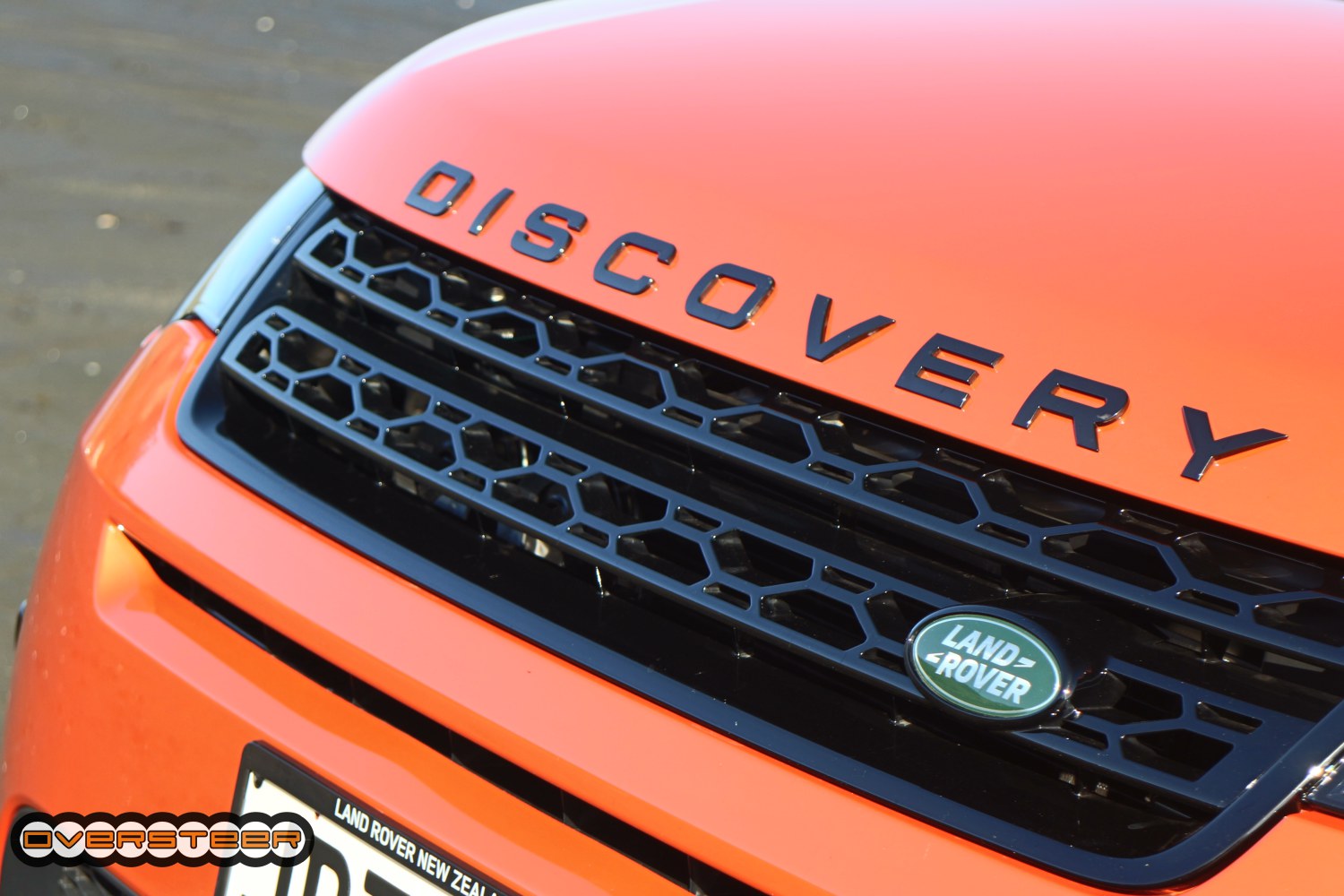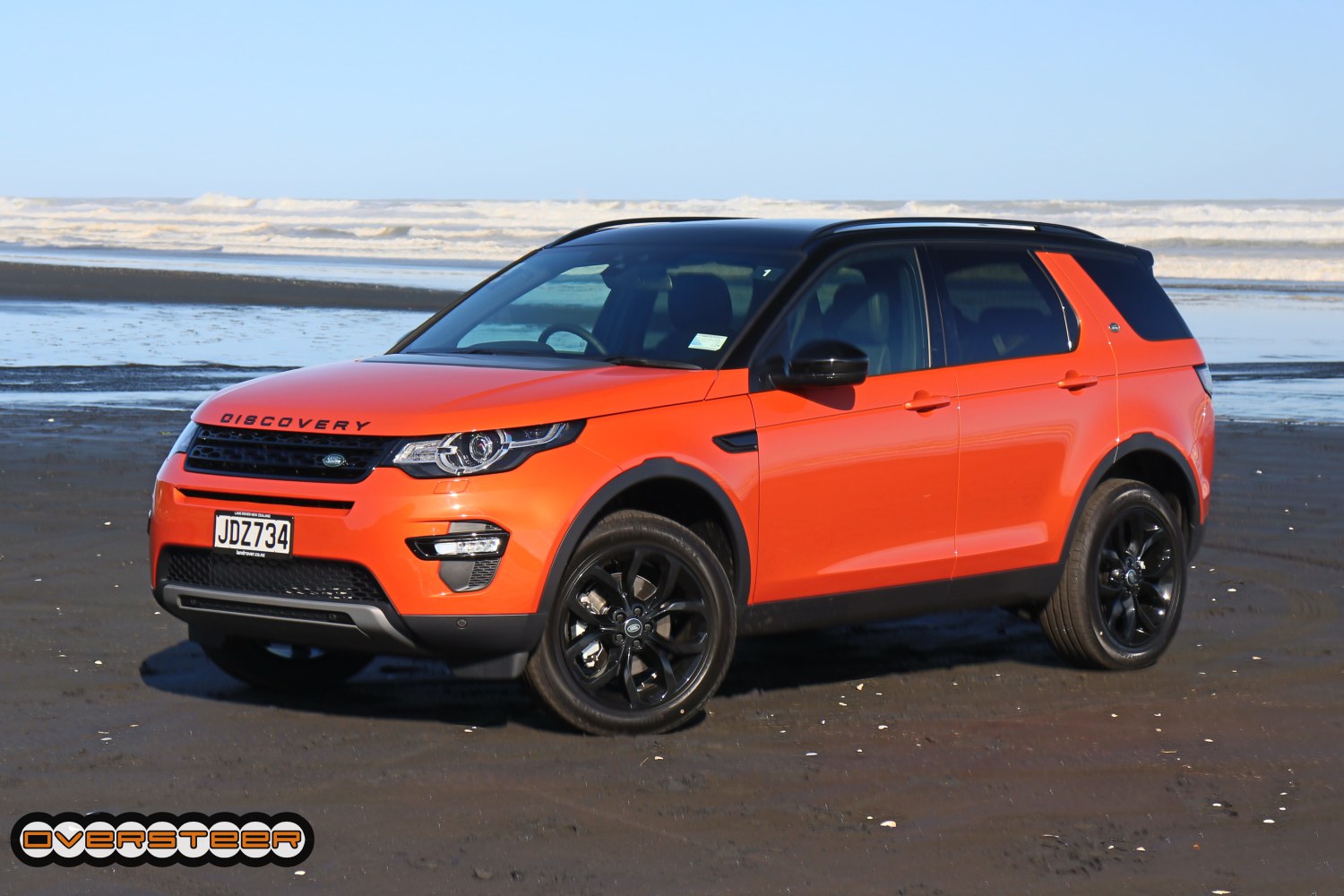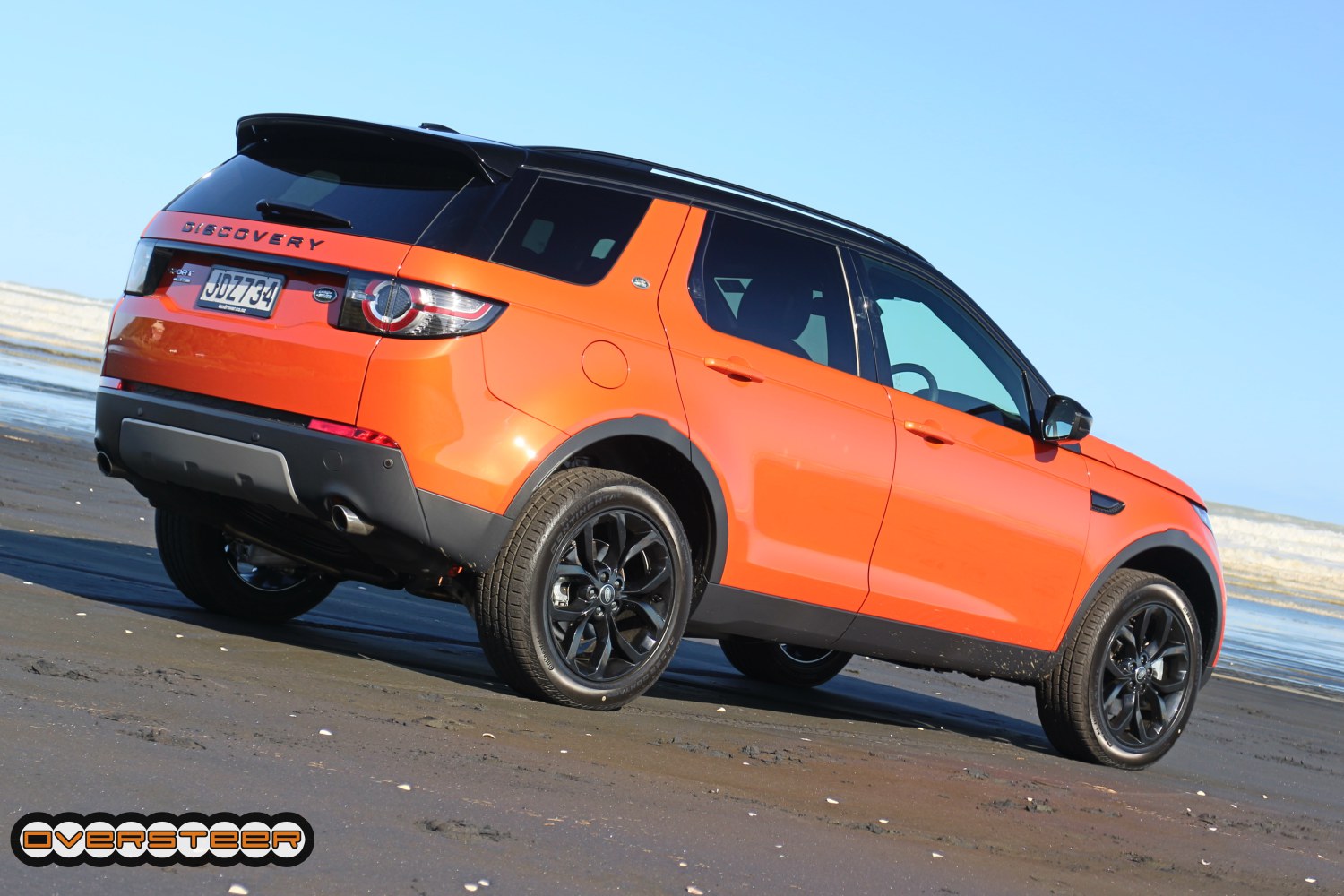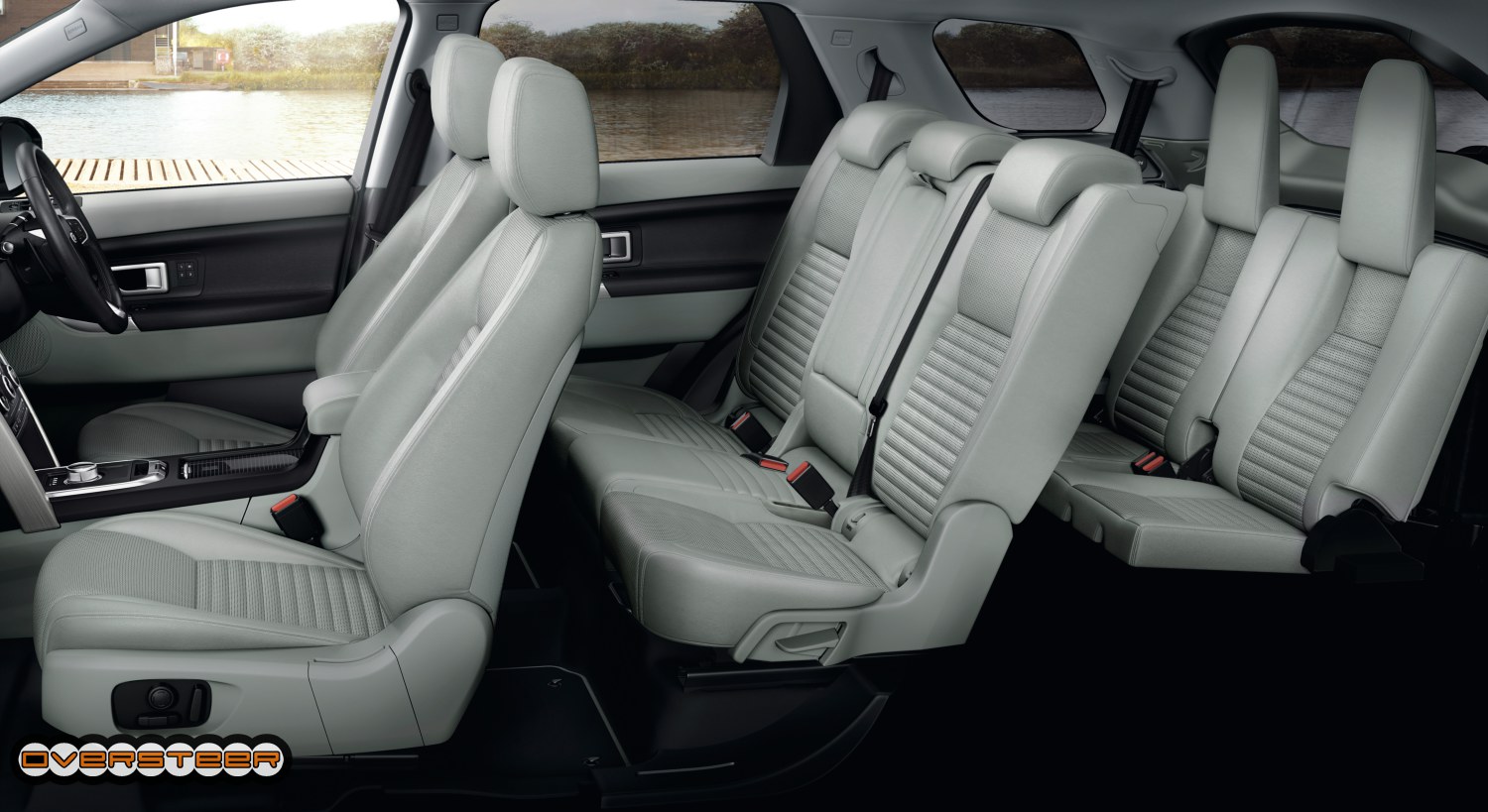What’s the difference between a Land Rover and a Range Rover? That is a question that used to be remarkably simple to answer – a Range Rover is a luxurious, big SUV that is remarkably capable off the road, while a Land Rover is a tried and tested design that is utterly incredible off the road and a bit shit on it, except for the Discovery which was a bit better on the road.
But then they went and made the Land Rover Freelander that was massively good on the road and capable, but not all-conquering off it and changed all that. Then they went and made the Discovery even better again. Then again, and even more luxurious as well.
Now JLR has completely stuffed the previously easy distinction between LR and RR by introducing the Freelander-replacing Discovery Sport that is even better on the road and surprisingly capable off it.
But all of this is simply part of LR’s plans to split itself into three “brand pillars”, with the Discovery family sitting as a middle point between the Defender (and whatever replaces it) and the full-fat Range Rovers.
Confused? It doesn’t really matter, because all you really need to know is that the Discovery Sport is a very good thing indeed.
What is it?
As we mentioned earlier, the Discovery Sport effectively replaces the Freelander in the Land Rover line up and offers up Range Rover Evoque-esque looks in a more spacious, more capable package.
The Disco Sport comes to New Zealand with the choice of three engines and two trim levels. Keeping things nicely simple, both trim levels are available with all three engines, all of which are hooked up to a new nine-speed automatic transmission.
The TD4 is a 2.2-litre four-cylinder diesel turbo engine that packs 110kW of power and 400Nm of torque, while the SD4 is essentially the same engine with the wick turned up to produce 140kW and 420Nm. The Si4 is a 2.0-litre four-cylinder petrol turbo that produces 177kW of power and 340Nm of torque.
Regardless of engine or trim level, all Disco Sports come standard with, well… far more than we could actually fit in here, to be completely honest – you can download the full Discovery Sport spec sheet here – Discovery Sport Spec
The SE licks off the range, with the TD4 SE costing $78,500, the SD4 SE and Si4 SE both landing at $82,000. The jump up to HSE spec will cost you an additional $7,500 across the range.
While all levels of Disco Sport are incredibly well specced, there are still more than a few option boxes that can be ticked, the most likely to be ticked by kiwi families is the 5+2 option that transforms the Disco Sport into a seven seater.
The $2,200 option sees the third row fold completely flat into the floor, not compromising load space in the slightest. The second row of seats also are able to move forward, providing more leg room for third row passengers or increased load space in the rear.
What’s it like?
Thoroughly impressive.
The Discovery Sport serves to further muddy the waters of what makes a Land Rover a Land Rover by doing a remarkable impression of a Range Rover, really.
Incredibly comfortable and of impressively high quality, the Discover Sport easily leapfrogs the already-impressive Freelander and does pretty much what it says it does on the box by being a smaller, sportier version of the Discovery.
Apart from the way it looks, that is. This is because the Disco Sport continues to confuse that whole Land Rover/Range Rover thing by looking absolutely nothing like any other Land Rover and, instead, boasting a number of obvious Range Rover design cues. Still, that said, it is a very handsome and distinctive vehicle.
Inside, the Sport also resembles a Range Rover far more than the Discovery – which is by no means a bad thing, but all suggests that the next generation Discovery is going to be VERY Range Rover-y indeed, despite being a “middle” point.
Still, the massively high quality interior is spacious and modern, with a fantastic layout and – praise the gods of such things – a fantastically responsive and intuitive touch screen that handily obliterates our one biggest gripe of previous Land and Range Rover products – the ancient, sluggish and immensely frustrating touch screen interface.
While the annoying and unnecessary rotary dial gear selector remains, the Terrain Response controls have followed other recent vehicles in the range by moving up on to the dash.
On the road the Disco Sport eclipses both the previous Freelander and its under-the-skin sibling, the Range Rover Evoque by both being distinctly sportier and more eager on the road than the Freelander ever was, but also by being massively more comfortable and possessing a far superior ride to the Evoque.
This also translates to the Sport’s off-road performance, with it easily out-performing both in terms of comfort and sheer off-road ability.
In a move that is sure to cause LR purists to cry into their toolboxes, the Disco Sport manages to be considerably able off the sealed stuff without the use of a low-ratio transfer case. That’s right – no low range here, the Discovery Sport manages all its off-road antics via the lower first couple of gears on the 9-speed transmission and the company’s very clever Terrain Response electronics system.
And it is remarkably easy to head into the rough stuff too – just push the Terrain Response button that matches the terrain you are heading into and the Disco Sport will handle the rest. And probably far too easy for the aforementioned purists who prefer to have something mechanical that you can hear break…
What’s good about it?
It looks like a Range Rover. It rides like a Range Rover. It is massively well equipped. It is incredibly comfortable and spacious and it also has a USB output for every seat, even the third row! The engines are strong and eager, while also offering excellent fuel economy.
What’s not so good?
It looks like a Range Rover? I mean, Discovery is now a separate “brand” in the model range, so why does it look really like a Range Rover?
First impressions?
Highly equipped and sharply priced, the Land Rover Discovery Sport would look to be a thoroughly convincing alternative to a BMW X3 or Audi Q5, even more so when you realise that it is handily priced under just about everything else in the segment.
It is comfortable, handsome and extremely capable both on and off the road, while offering a range of excellent engines and a fantastic transmission.
It also boasts an impressive amount of space in the rear, while the addition of the optional third row of seats makes it incredibly versatile.
The Germans (and Lexus) have some seriously good competition on their hands with the Disco Sport.







You must be logged in to post a comment.